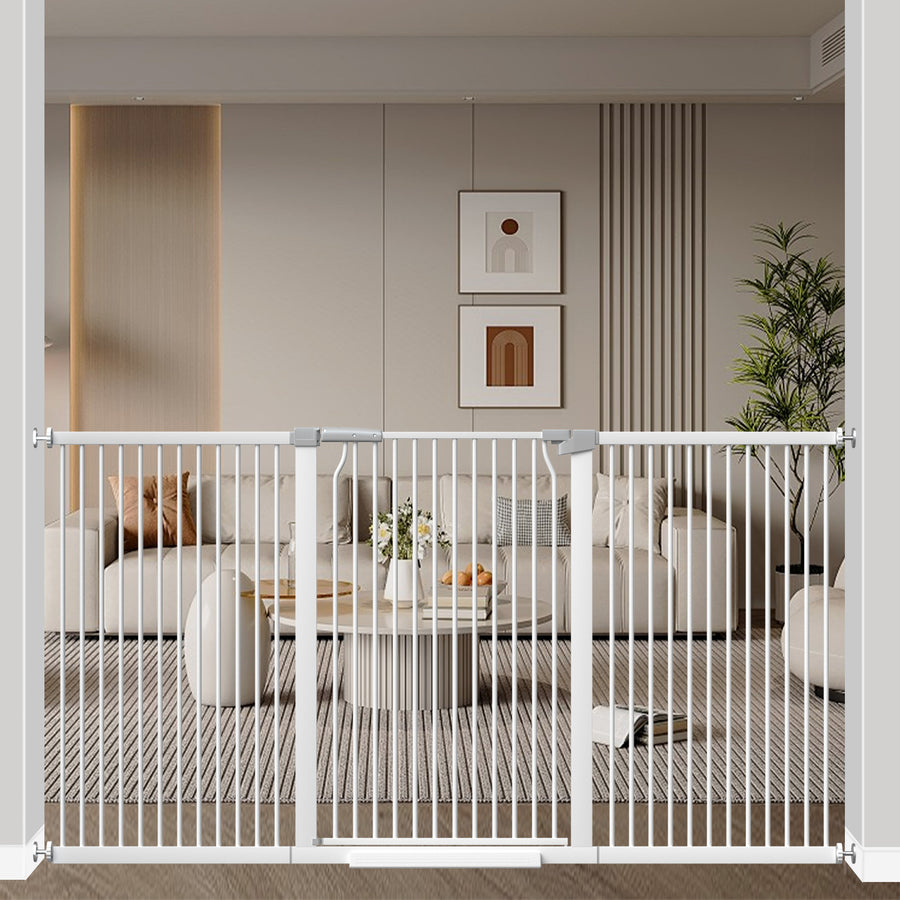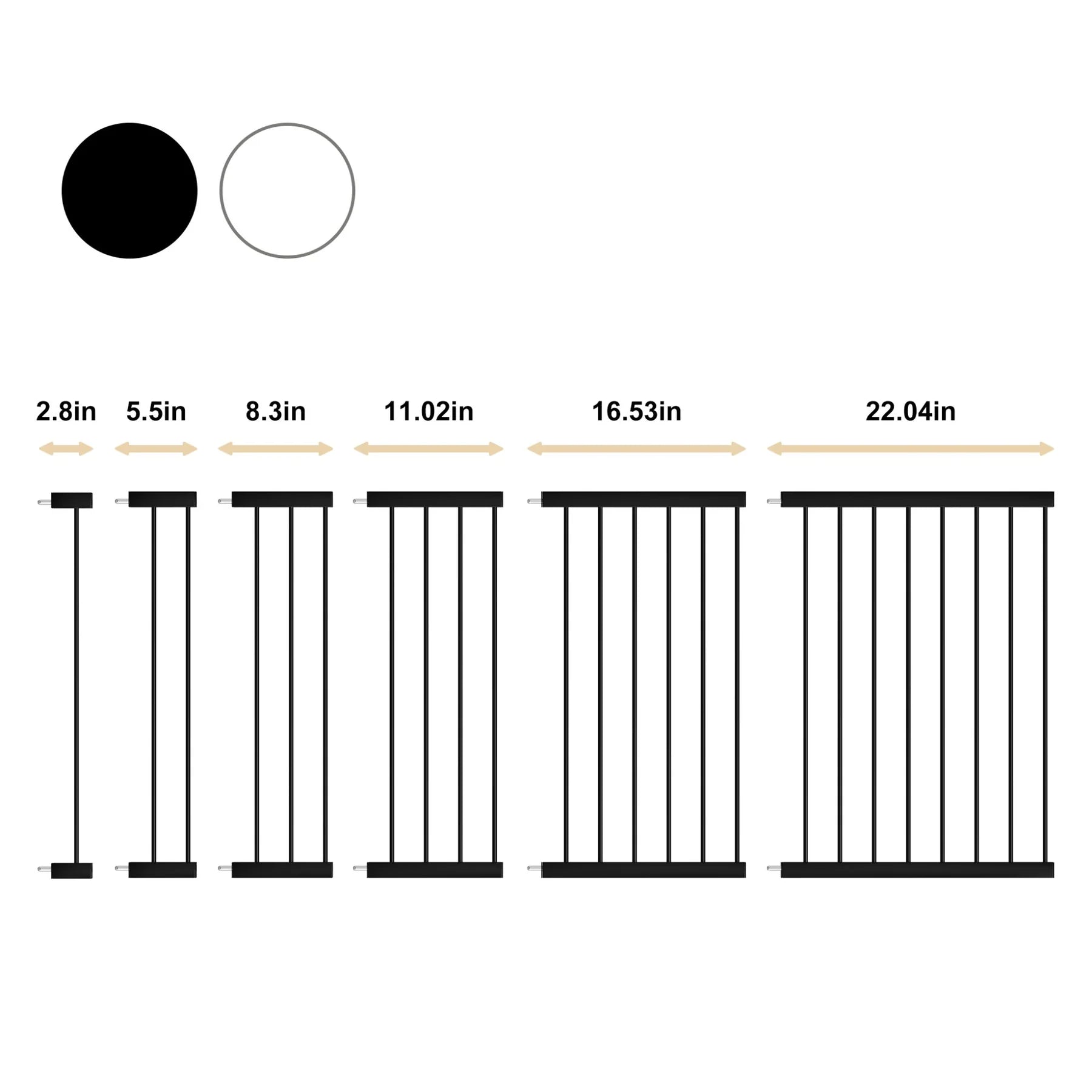5 Areas You should Baby proof in Your Room
Watching your little one start to move around on their own is a milestone that fills any parent with pride. Maybe you even caught their first steps on camera! The journey of watching your child grow, learn, and experience new things is nothing short of amazing. But this exciting phase also brings a significant duty: babyproofing. Remember, your toddler knows no fear and can't yet identify hazards in the home. It's your responsibility to create a safe environment for their curious explorations.
1.Securing Electrical Outlets

When you're ready to babyproof your home, don't overlook this crucial step! While some toddlers may not show the slightest interest in electrical outlets, others are driven by curiosity to explore everything, including these potential hazards. You can't predict your child's level of curiosity, and I've experienced both types with my kids. My advice? Play it safe and secure every outlet in your house, regardless of whether you think it's needed. It's always better to be cautious than to take any risks with your child's safety.
2.Stairs & Steps
Stairs are a major area to secure when babyproofing your home. A startling statistic from a 2012 U.S. study revealed that every six minutes, a child has an accident involving stairs. Here's how to make your stairs safer:
- Top of Stairs: It's crucial to install a solid, screw-fix gate at the top of your stairs. These gates don't have a bottom bar, eliminating the risk of tripping – a significant hazard, especially since a quarter of all stair-related injuries in the study occurred while a child was being carried. Pressure fit gates, though easier to install, have a bottom bar that could cause trips and may not be as secure.

- Bottom of Stairs: Place another gate at the bottom of your stairs, aligning it with the last step. This provides an additional safety layer, preventing your child from climbing the stairs unsupervised.
- Banisters & Landings: Pay attention to the gaps between banisters, particularly on landings where children are often less supervised. These gaps can be large enough for toddlers to slip through. Consider installing a banister guard, or use a large safety gate to completely block off the area around the stairs and banisters.
-
Step Edges: In homes with split-level areas, where one or twosteps are present in play spaces, ensure the edges of these steps aren't sharp or hard.Soften these potential collision hazards with edge guards.

- Babyproofing Products: For a versatile solution, look into products like the FairyBaby’s retractable stair gate. It's easy to install, almost invisible when not in use, and doesn't present a trip hazard as it fully retracts. This gate is suitable for both stairs and doorways.
Always prioritize your child's safety by thoroughly securing every potential hazard around stairs and steps.
3.Fire & Heating Hazards
When it comes to babyproofing, addressing fire and heating hazards is crucial, especially during the colder months when fireplaces and radiators are in frequent use.
-
Fireplaces: The fireplace, whether it's a stove, natural, gas, or electric, is a significant danger zone for children. A simple free-standing fireguard isn't enough, as it can be knocked over and can also get hot enough to cause burns. Open fireplaces pose a higher risk for families with young children due to the lack of a protective barrier between them and the fire. To enhance safety, it's advisable to install a door on your fireplace. This addition can significantly reduce the risk of accidents.
Be mindful that glass doors on fireplaces can become extremely hot rapidly when the fire is lit. To prevent children from coming into contact with the hot surface, it's essential to have a barrier, such as a fireplace gate, surrounding the entire fireplace. This extra layer of protection ensures that children cannot reach the hot glass, thereby increasing safety around the fireplace area.

- Fireplace Hearths: The edges and corners of a fireplace hearth, often made of marble or stone, pose a collision risk. Even with a fireguard, it's important to babyproof the hearth, especially when the fire is not in use, such as during summer.
- Radiators: High-temperature radiators are another burn hazard in the home. It's not always necessary to have them turned up so high. Consider adjusting each radiator individually or lowering the central heating setting to prevent them from becoming excessively hot. For families who prefer a warmer setting during winter, radiator covers are a practical solution.

Ensuring your home is safe from fire and heating hazards is an essential part of babyproofing, especially in living areas where families spend a lot of time together.
4.Door & Oven Knob Safety
One commonly overlooked hazard with doors is the risk of finger pinching, especially on the hinge side. This type of injury can be quite severe, potentially breaking the skin. Even with a door stopper or slam guard in place, a child's finger can still get caught in the door. The solution? A finger pinch guard. This safety device is designed to prevent such accidents and requires virtually no installation. It's a simple, yet effective way to enhance the safety of any room with doors, protecting little fingers from painful and potentially serious injuries.
So Baby-proofing doors becomes essential when there's potential danger on the other side, such as a craft room full of hazardous items or a door leading directly to a staircase.
- Door Knobs: To prevent your child from opening doors to unsafe areas, consider using door knob covers. These covers require an adult's hand size and grip strength to press in and turn the knob, a task too challenging for small children. They're particularly useful for the inside of a child's bedroom, preventing them from wandering out while you're asleep, or on doors that lead outside.

- Oven Knobs: If your stove has knobs at a low level, within your child's reach, oven knob covers are a must. They come in various colors to match your stove and effectively prevent your child from accidentally turning on the gas or electric stovetop. Oven knob covers are a simple yet effective solution to enhance kitchen safety, especially for curious toddlers who might try to manipulate the stove.

5.Safe Storage of Pet Supplies
Keeping pet supplies out of children's reach is an important aspect of babyproofing. Dog and cat foods pose choking hazards for young children, and kitty litter presents both hygiene and safety concerns. To ensure your child's safety, store pet supplies in an area that your child can't access. If these items need to be on the floor, like during feeding times, make sure it's only under direct adult supervision. Creating a designated space for pet supplies, away from your child's play areas, helps in maintaining both cleanliness and safety in the home.

Especially in households with pets, a pet gate serves as a barrier, preventing your child from entering areas that might be unsafe or where pets are fed and rest. It also helps in managing interactions between your baby and pets, ensuring they are always supervised and safe. Strategically placing a pet gate can create a safe play area for your child while keeping pets at a comfortable distance, fostering a safe and harmonious environment for both your little one and your furry family members.






Leave a comment